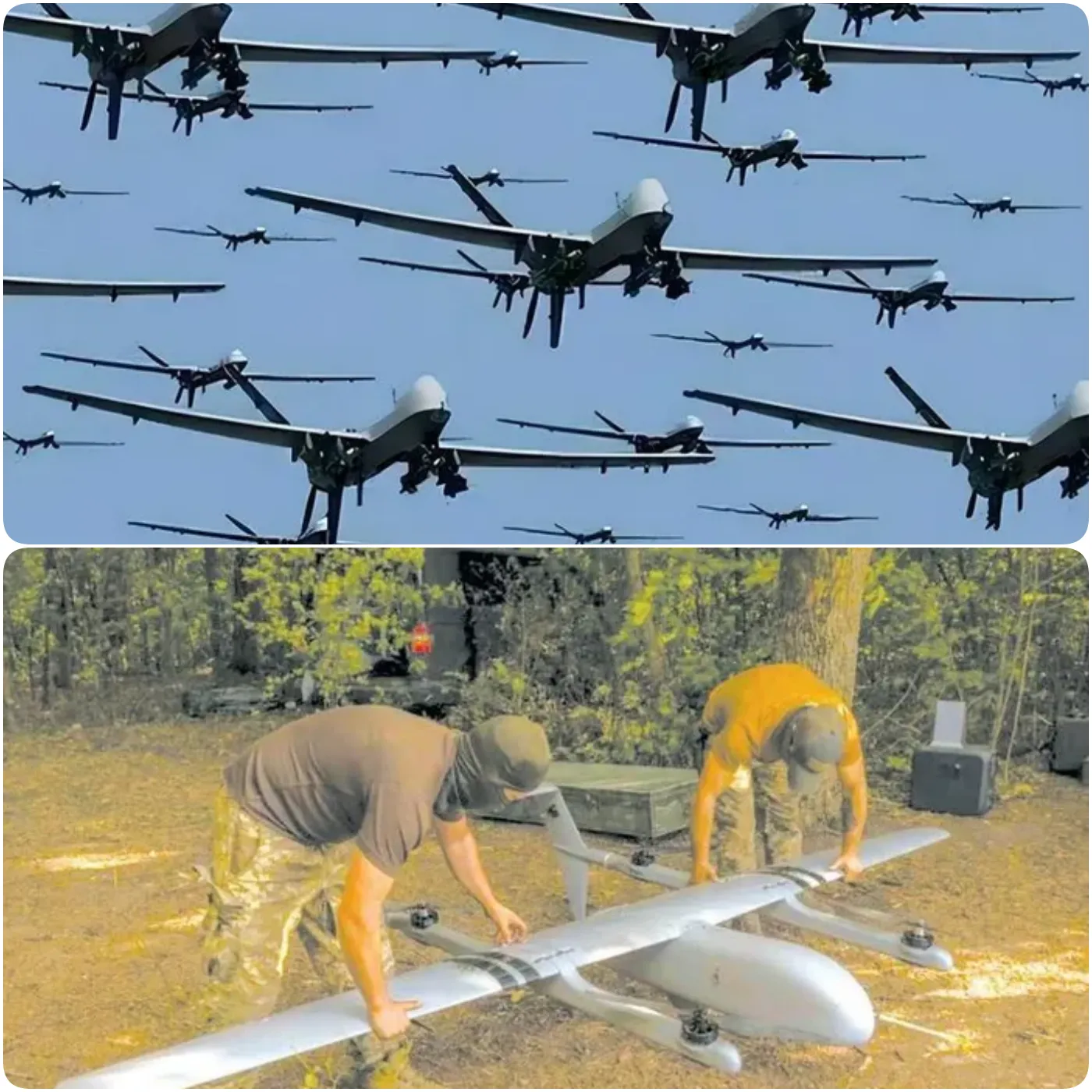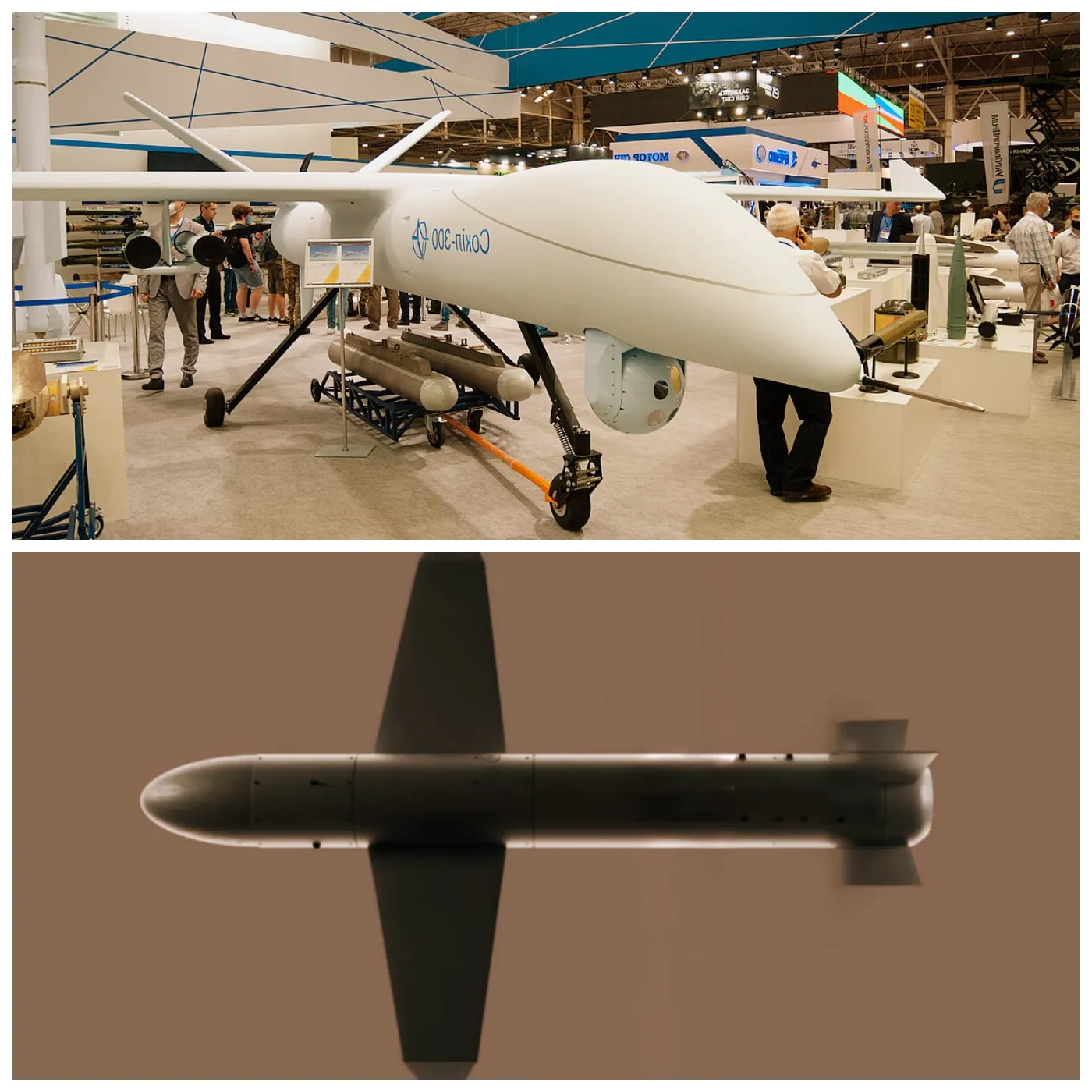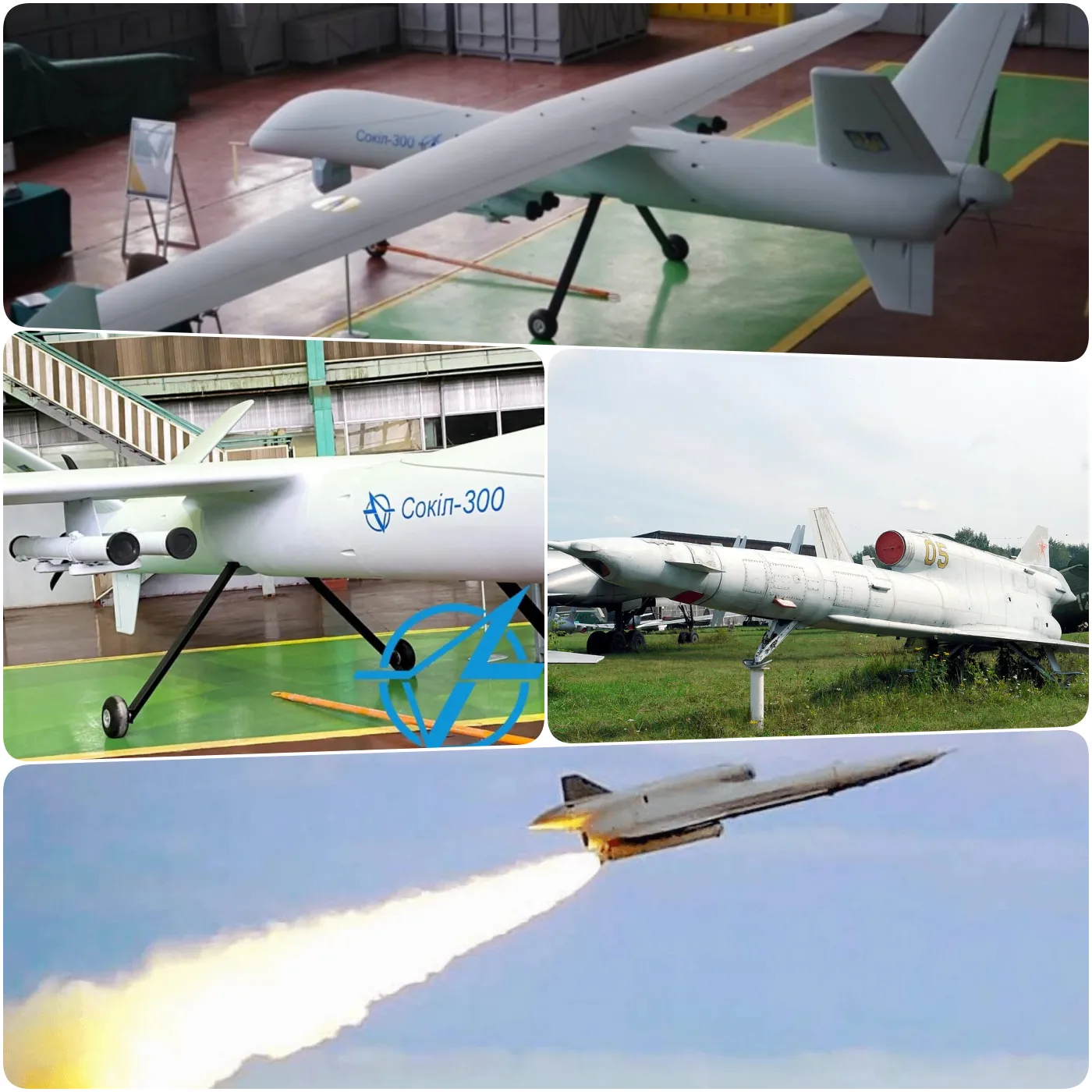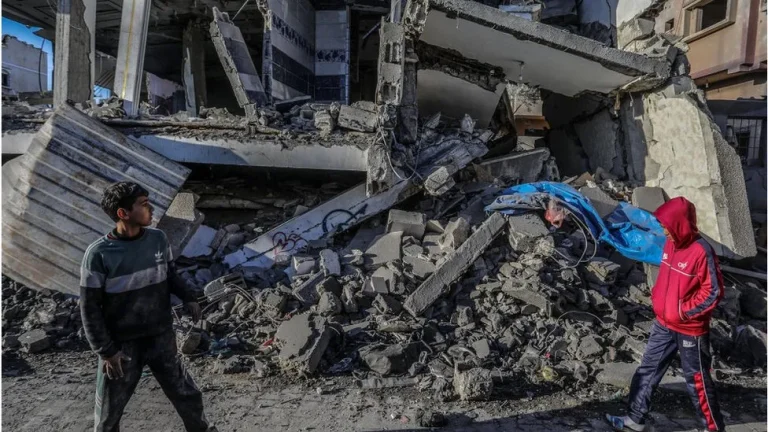
Unprecedented Ukrainian drone attacks on Russian territory
On the night of September 1, the Russian Ministry of Defense said 15 areas across the country were targeted by Ukrainian drones. Russian air defense forces have intercepted and destroyed 158 drones of this type. Of them, 46 were blocked in Kursk, 34 in Bryansk, 28 in Voronezh, 14 in Belgorod and other places. Notably, these 10 drones are aimed at attacking areas around the capital Moscow.
Russian officials announced that Ukraine launched a large-scale drone attack against power plants and oil refineries in several Russian regions, including Moscow and the city of Tver nearby. Moscow Mayor Sergei Sobyanin reported that debris from two downed Ukrainian drones caused a fire in a “private technical room” at the refinery complex, but the plant’s operations were not affected.
State news agency TASS said the fire was later brought under control, as confirmed by emergency services. Meanwhile, three drones attempted to attack a coal-fired power plant in Kashira but caused no casualties or property damage.

On September 2, Russia’s Izvestia newspaper described this as the largest drone strike conducted by the Ukrainian military against Russia recently.
What types of drones does Ukraine use?
Military analysts speculate that the Ukrainian military may have used a new type of drone developed by the country to target deep into Russian territory. On September 1, Ukrainian President Volodymyr Zelensky announced the introduction of a new type of drone called “Paliaytsia” developed by Ukraine and put into combat. Ukrainian defense expert Andriy Haluk describes this weapon as a combination of a missile and a drone.
Haluk explained that “Paliaytsia” is essentially a light cruise missile powered by rockets or jet engines. Federico Bosari, a researcher at the Center for European Policy Analysis (CEPA), notes that it flies slower than traditional missiles and more like a kamikaze drone, with the ability to retarget mid-flight. In August, Ukrainian Defense Minister Rustem Umarov said the Ukrainian military was preparing to use its arsenal to respond to Russian airstrikes. He announced that the Ukrainian army began deploying drones with suicide missiles “Paliaytsia” in combat for the first time in August. Compared to piston-engined UAVs, Paliaytsia is equipped with jet engines. faster, more maneuverable and harder to intercept, comparable to a cheap cruise missile.
Research shows that the technology used in this hybrid missile-carrying drone is not considered advanced, but Ukraine has effectively combined existing technologies to create a long-range strike weapon. Its maximum range is about 500-700 km and can carry a warhead weighing up to 20 kg, making it suitable for attacking less protected targets such as oil depots and airports.
In addition, the Ukrainian army is also researching to develop, upgrade and improve many different weapon models suitable for long-range attack operations. These include the UJ series kamikaze drones and suicide drones modified from the TU-141 reconnaissance drones, with a general attack range of 600 km or more. Meanwhile, Ukrainian drones are also equipped with advanced anti-interception measures. For example, the Russian military announced that it had captured a Ukrainian drone that was capable of sudden acceleration when approaching areas with Russian air defense systems or electronic warfare systems.

Ukraine’s strategy with drones
Due to the important role of drones on the battlefield and their extremely low costs, Ukraine is actively working to increase its drone production capacity. Ukraine aims to increase production capacity to 1 million drones this year or next, aspiring to become the world’s largest drone manufacturer. By leveraging a huge fleet of drones, Ukraine hopes to gain a strategic advantage on the battlefield.
This time, Ukraine carried out a large-scale air strike on Russia and successfully launched a major attack on Moscow. They claimed to have effectively retaliated against Russia’s previous airstrike on Ukraine, thereby strengthening the fighting spirit of the Ukrainian people. Some observers believe that, whether in terms of practical effects or psychological impact, this development brings significant benefits to Ukraine and has profound implications for global military strategy.






